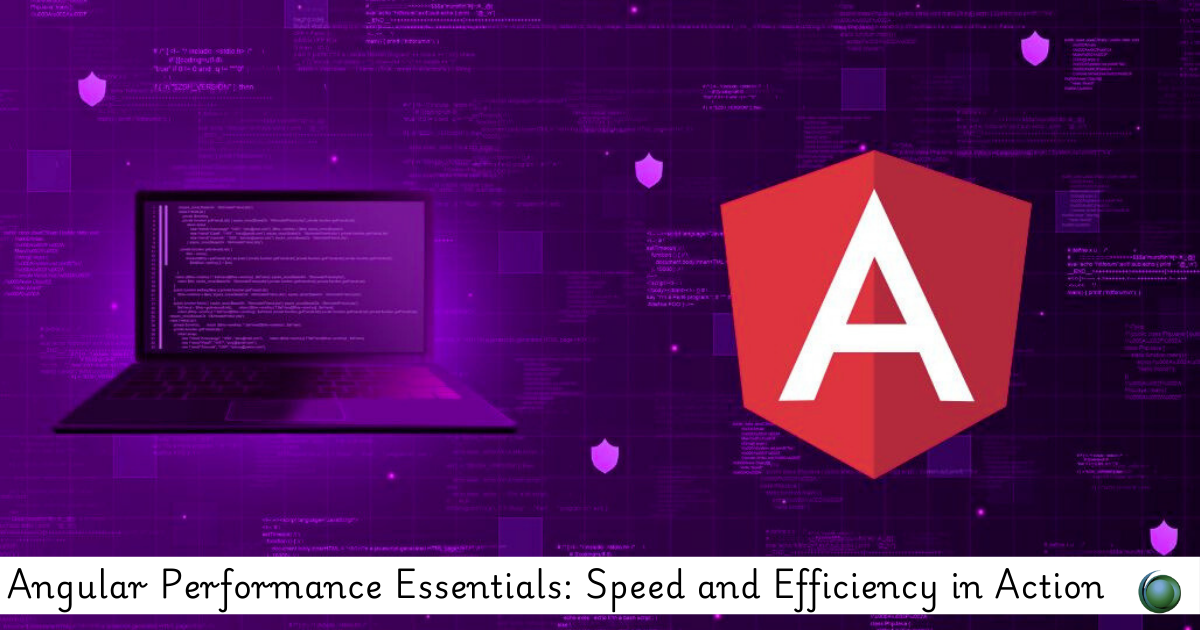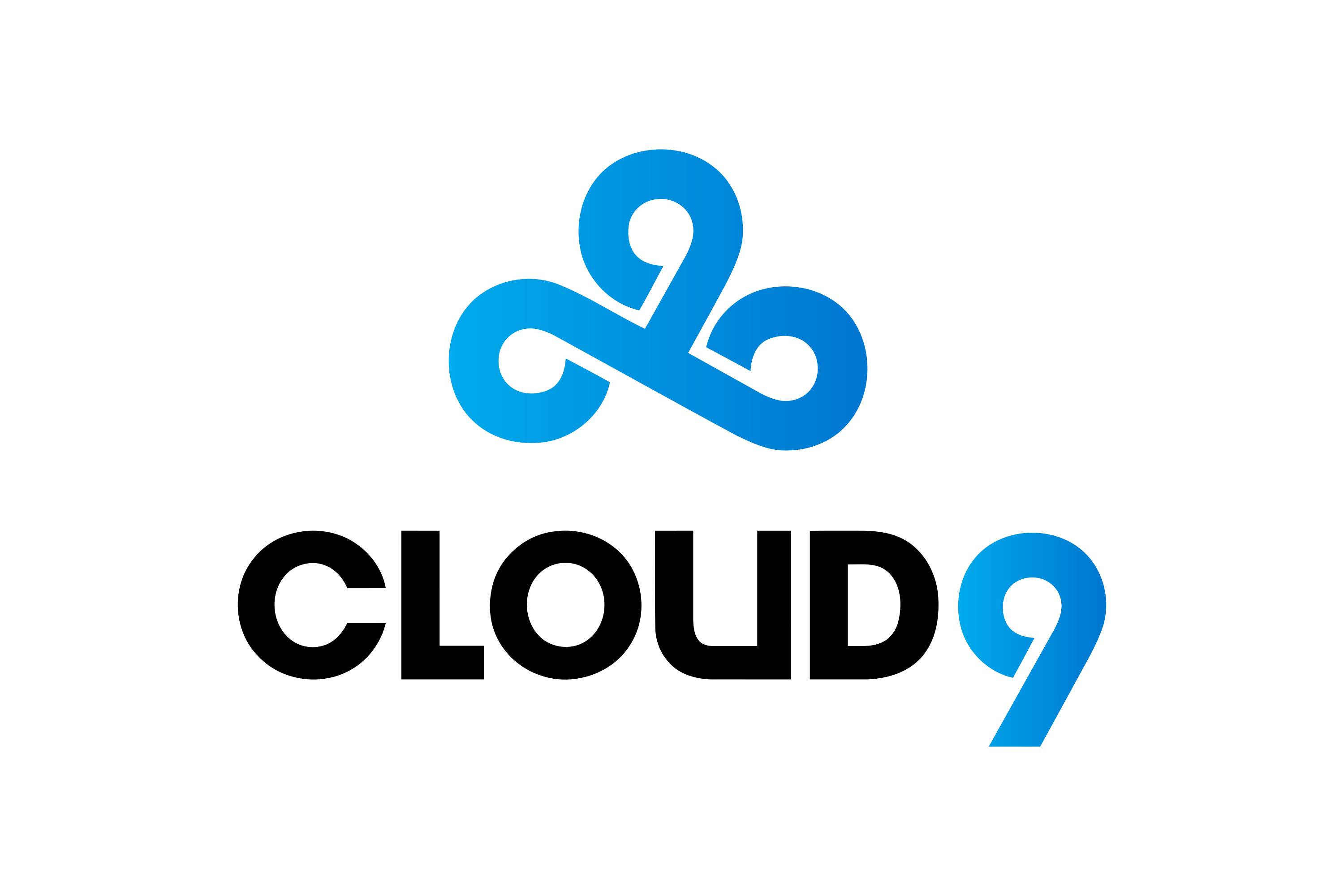Description
Introduction of Angular Performance Essentials
Performance optimization is a critical aspect of modern Angular applications, ensuring fast load times, smooth interactions, and a seamless user experience. This Angular Performance Essentials training focuses on Angular performance best practices, including lazy loading, change detection optimization, Ahead-of-Time (AOT) compilation, caching strategies, and code-splitting. Participants will learn practical techniques to boost application speed and efficiency while reducing memory consumption.
Prerequisites
- Basic knowledge of Angular, TypeScript, and JavaScript
- Familiarity with Angular Components, Services, and Modules
- Understanding of HTTP Requests and Observables
- Basic experience with Angular CLI and Webpack
Table of Contents
1. Introduction to Angular Performance Optimization
1.1 Why Performance Matters in Angular Applications
1.2 Common Performance Bottlenecks and Their Impact
1.3 Key Angular Performance Features and Tools
2. Optimizing Change Detection for Better Performance
2.1 Understanding the Change Detection Mechanism in Angular
2.2 Using OnPush Change Detection Strategy
2.3 Optimizing Components with Pure Pipes
2.4 Handling Large Data with trackBy in *ngFor
2.5 Hands-On: Implementing OnPush Strategy in an Angular App
3. Lazy Loading and Module Optimization
3.1 How Lazy Loading Works in Angular(Ref: Angular with RxJS: Reactive Programming Essentials)
3.2 Implementing Lazy Loading for Feature Modules
3.3 Optimizing Route Preloading Strategies (PreloadAllModules, Custom Strategies)
3.4 Hands-On: Reducing Bundle Size with Lazy Loading
4. Improving Load Times with Ahead-of-Time (AOT) Compilation
4.1 Difference Between Just-in-Time (JIT) and Ahead-of-Time (AOT) Compilation
4.2 How AOT Improves Application Performance
4.3 Enabling AOT Compilation in Angular CLI
4.4 Hands-On: Comparing JIT vs AOT Performance
5. Efficient HTTP Requests and Data Fetching
5.1 Optimizing API Calls with Caching (shareReplay, BehaviorSubject)
5.2 Using HttpInterceptor for Efficient API Requests
5.3 Avoiding Unnecessary Requests with Smart Data Fetching
5.4 Handling Large Data Sets with Virtual Scrolling
5.5 Hands-On: Implementing API Caching in an Angular Service
6. Code Splitting and Bundle Size Reduction
6.1 Understanding Webpack’s Role in Angular Bundling
6.2 Using Angular CLI Commands for Bundle Analysis
6.3 Removing Unused Code with Tree Shaking and Dead Code Elimination
6.4 Implementing Dynamic Imports to Reduce Initial Load Size
6.5 Hands-On: Analyzing and Optimizing Bundle Size
7. Optimizing Angular Forms for Performance
7.1 Choosing Between Template-Driven and Reactive Forms for Performance
7.2 Reducing Re-Renders with FormControl and FormGroup Optimizations
7.3 Handling Large Forms Efficiently
7.4 Hands-On: Optimizing Reactive Forms with RxJS
8. Angular Rendering Optimization
8.1 Avoiding Unnecessary DOM Updates
8.2 Using Detaching Change Detection with markForCheck()
8.3 Implementing ngZone.runOutsideAngular() for Performance Gains
8.4 Hands-On: Improving Rendering Speed with Change Detection Techniques
9. Asset Optimization and Lazy Loading Images
9.1 Best Practices for Image and Asset Optimization
9.2 Using WebP and Responsive Image Formats
9.3 Implementing Lazy Loading for Images and Backgrounds
9.4 Hands-On: Enhancing Performance with Optimized Assets
10. Performance Testing and Debugging Tools
10.1 Using Chrome DevTools for Performance Analysis
10.2 Auditing Angular Apps with Lighthouse
10.3 Debugging Performance Issues with Augury
10.4 Hands-On: Running a Performance Audit on an Angular App
Conclusion
By the end of this Angular Performance Essentials training, participants will understand and apply Angular performance optimization techniques to build fast, scalable, and efficient applications. They will be equipped with best practices to reduce load times, optimize rendering, and enhance the overall user experience.







Reviews
There are no reviews yet.